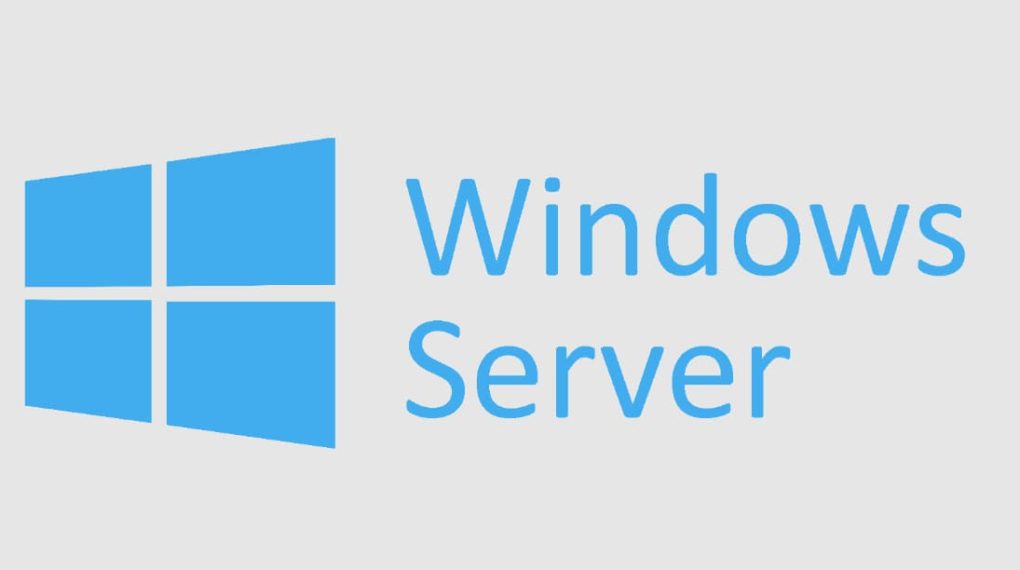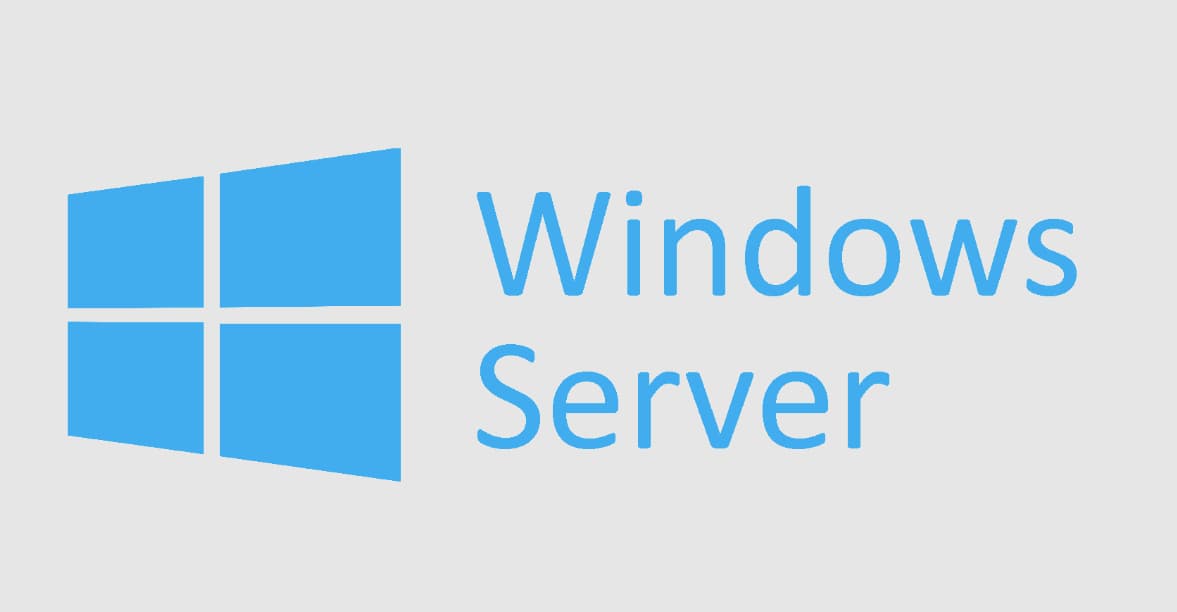The reliability of IT infrastructure is crucial for any organization. Server downtime poses the risk of data loss, service unavailability, financial setbacks, and damage to reputation.
Therefore, it is essential to minimize downtime and ensure fault tolerance.
Windows Server 2019 is an operating system that offers a range of features and benefits to ensure high availability and system reliability.
Best Practices for Windows Server 2019 and Key Considerations

In this article, we will explore best practices and key considerations to be taken into account when selecting and deploying IT infrastructure to ensure uninterrupted operations.
Key Features of Windows Server 2019 for Uninterrupted Operations
Windows Server 2019 offers advanced features to enhance server availability. One such feature is the support for clustering and quick migration of virtual machines between nodes to protect against hardware and software failures.
Failover Clustering technology allows the consolidation of multiple physical servers into a unified computing cluster for redundancy and fault tolerance.
When one cluster node fails, its workload is instantly redistributed to other nodes without service disruption.
Backup and recovery have also been improved for swift data recovery after failures. Enhanced monitoring options enable the prompt detection of issues and notifications.
For instance, support for monitoring the status of cluster resources and load balancing between cluster nodes has been added.
Security
Security is a key factor influencing system uptime. Windows Server 2019 includes several layers of protection to prevent attacks and minimize business risks. These include:
- Identity protection: The OS supports new authentication standards such as FIDO2 and WebAuthn, allowing the use of biometric data or physical keys for system access without a password. The software also integrates with Azure Active Directory, providing a unified identifier for access to local and cloud resources, along with features such as conditional access, multi-factor authentication, and data leak protection.
- Data protection: Windows Server 2019 implements data encryption at the disk level with BitLocker and at the file level with the Encrypting File System. The system also supports shielded virtual machines, safeguarding data and the state of virtual machines from unauthorized access or modification, even if the host server is compromised or managed by an untrusted administrator.
- Network protection: Windows Server 2019 enables the deployment of software-defined networking to create isolated and secure network segments for different workloads or applications. The software also includes local storage spaces for creating highly available and fault-tolerant virtual disks using local storage on multiple servers, protecting them from network or hardware failures.
Recommendations for Configuring Resilient Infrastructure
To minimize downtime, it is recommended to use server clusters with component duplication and reservations.
For example, using fault-tolerant network connections between cluster nodes, backup power blocks in servers, and redundant cooling systems are recommended.
It is also important to reserve connection channels to data storage systems to eliminate them as a single point of failure. Consideration should be given to reserving switches, routers, and other network equipment.
Regular backup and test recovery will help quickly restore data after failures. It is recommended to configure backup policies based on the criticality of data and the acceptable data loss window for different systems.
It is also crucial to configure monitoring for key performance indicators and alerts for timely response. For example, monitor resource usage (processor, memory, and disk space), the functionality of critical services, and network latency between cluster nodes.
Advanced Methods for Ensuring Data Availability
To prevent data loss in the event of server failures, it is recommended to configure replication to remote sites. This allows data to be restored from a secondary data center in case the primary one is unavailable.
Replicating not only files and databases but also complete system images is useful for accelerated recovery of the entire infrastructure.
The Storage Spaces Direct technology is valuable, providing block data storage on 3–4 different disks in a cluster.
In Storage Spaces Direct, data is divided into fixed-size blocks distributed among disks and cluster servers to protect against data loss in case of individual disk failures.
Prudent reservation and decentralized storage of multiple copies of critical components also increase the chances of recovery after failures.
For example, it makes sense to provide a “hot” reserve for critically important servers and data storage components to minimize downtime during equipment replacement.
More Related Guides:
- Kodi Couldn’t Connect to Network Server
- Optimizing Web Design Performance With Proxy Servers
- Things You Should Know About Dedicated Servers
Conclusion:
The importance of a comprehensive approach to ensuring uninterrupted server operations based on Windows Server 2019 cannot be overstated.
With proper planning, implementation of advanced methods, and adherence to recommendations, the risk of downtime can be minimized, ensuring continuous service availability for businesses.
Key aspects include the use of clustering, reservation of infrastructure components, regular backup, and recovery testing, data replication, monitoring, and critical metric alerts.
By implementing these methods, companies can significantly reduce the impact of disruptions and ensure business process continuity even in challenging conditions of equipment failures and breakdowns.

